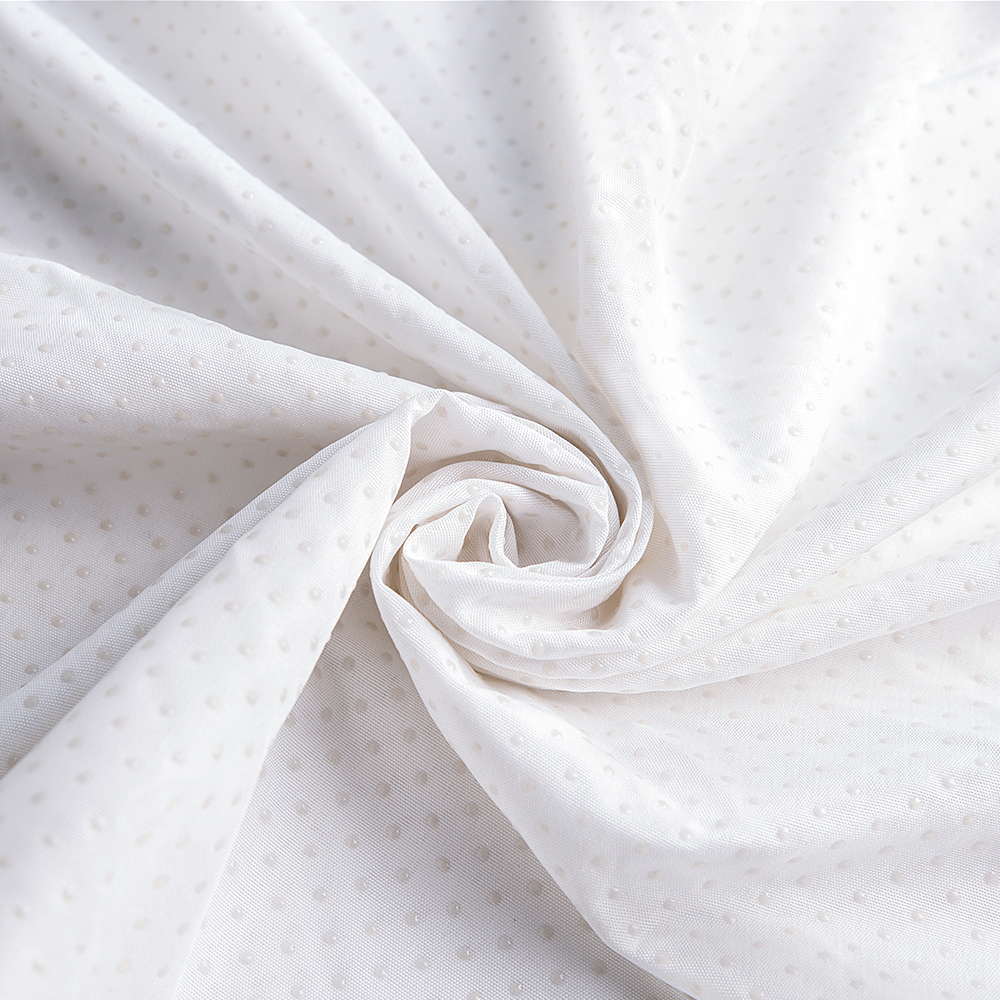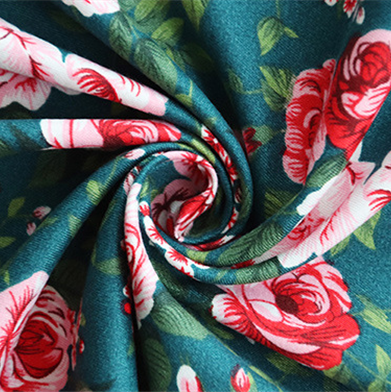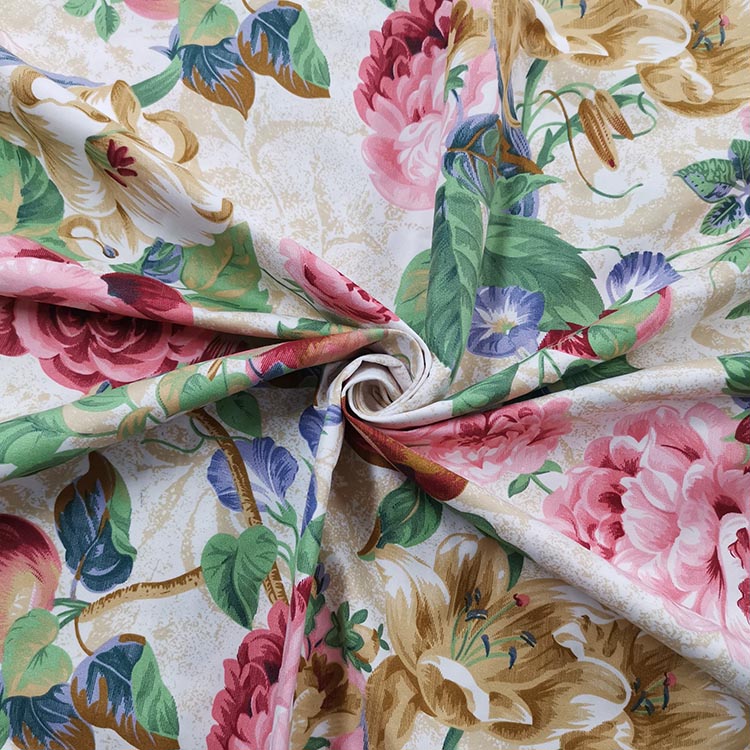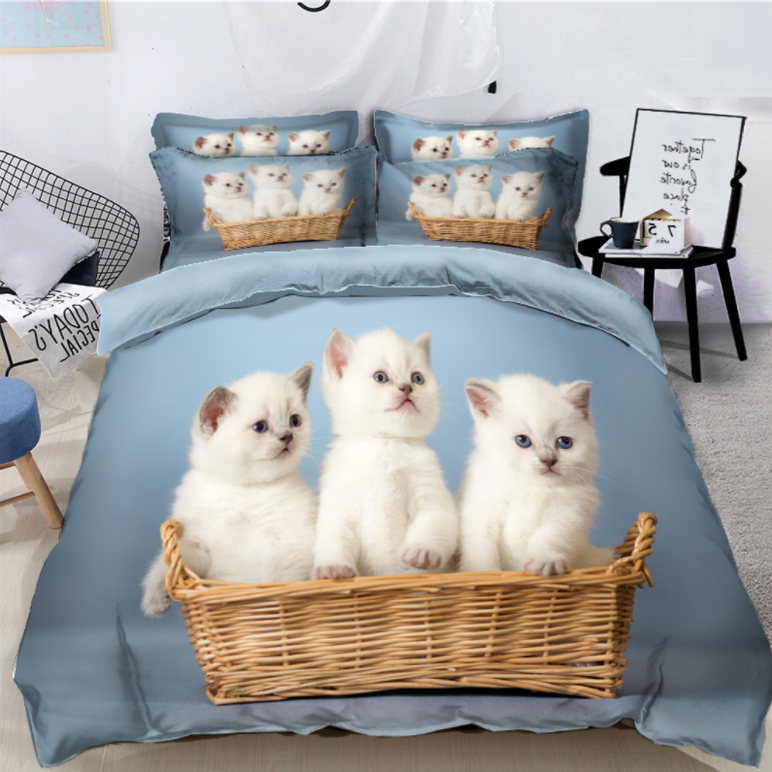When it comes to comfort, warmth, and elegance in textiles, few materials rival the appeal of brushed fabric. From cozy winter pajamas to luxurious upholstery and fashion-forward outerwear, brushed fabrics are everywhere — and for good reason. But what exactly is brushed fabric? How is it made, and why is it so popular across different industries?
This article explores the definition, manufacturing process, features, applications, benefits, and future trends of brushed fabric, showing why it has become a cornerstone of the modern textile world.
1. What Is Brushed Fabric?
Brushed fabric refers to any textile that has undergone a brushing process to raise the fine fibers on its surface, creating a soft, smooth, and warm texture. The brushing technique involves passing the fabric through mechanical brushes that gently tease out the fibers, forming a short, fuzzy nap.
This process enhances not only the tactile quality but also the insulating and aesthetic properties of the material. Common base fabrics used for brushing include:
- Cotton – for soft, breathable comfort
- Polyester – for durability and wrinkle resistance
- Wool – for warmth and luxury
- Blends (e.g., cotton-polyester) – for balanced performance
Depending on the purpose, the fabric may be brushed on one side (single-brushed) or both sides (double-brushed) to achieve the desired feel and appearance.
2. How Is Brushed Fabric Made?
The production of brushed fabric involves several steps, starting from the base material to the finishing process:
- Fabric Selection: A woven or knitted base fabric is chosen, typically with strong, tightly spun yarns that can withstand mechanical brushing.
- Pre-Treatment: The fabric is washed, bleached, or dyed to prepare it for brushing.
- Brushing: Cylindrical rollers covered with fine wire bristles gently raise the fibers from the fabric surface. The number of passes and brush speed determine the depth and density of the nap.
- Shearing and Finishing: Excess or uneven fibers are trimmed to ensure a uniform surface. The fabric may then be heat-set or chemically treated for enhanced softness and stability.
- Final Inspection: The finished brushed fabric is inspected for consistency in texture, appearance, and feel.
This meticulous process gives the fabric its signature velvety texture, improved warmth, and elegant appearance.
3. What Are the Key Features of Brushed Fabric?
Brushed fabric stands out for its unique combination of comfort, performance, and beauty. Its defining features include:
- Soft and Smooth Touch: The raised fibers create a plush texture that feels gentle on the skin.
- Enhanced Warmth: The brushed nap traps air, providing excellent insulation in cooler weather.
- Matte Appearance: The soft surface diffuses light, giving the fabric a subtle, elegant sheen.
- Breathability: Especially in cotton and blended types, brushed fabric remains breathable despite its dense texture.
- Durability: Synthetic blends and tightly woven bases ensure long-lasting performance.
- Moisture Absorption: Natural fiber variants like brushed cotton wick away sweat, keeping the wearer comfortable.
These qualities make brushed fabrics ideal for applications that demand both comfort and durability.
4. What Types of Brushed Fabric Exist?
There isn’t just one kind of brushed fabric — different materials and techniques produce distinct types, each with its own appeal:
- Brushed Cotton Fabric: Soft, breathable, and natural — perfect for bed linens and shirts.
- Brushed Polyester Fabric: Smooth, wrinkle-resistant, and easy to care for — often used in outerwear.
- Brushed Fleece Fabric: A thick, double-brushed knit material ideal for sweatshirts, blankets, and sportswear.
- Brushed Twill Fabric: A durable cotton weave with a subtle diagonal pattern, used in pants and jackets.
- Brushed Microfiber Fabric: Lightweight, silky, and moisture-wicking — popular for cleaning cloths and luxury bedding.
- Brushed Wool Fabric: Warm and elegant, perfect for coats, scarves, and formal wear.
Each type of brushed fabric serves a different purpose, from everyday comfort to high-end fashion and industrial applications.
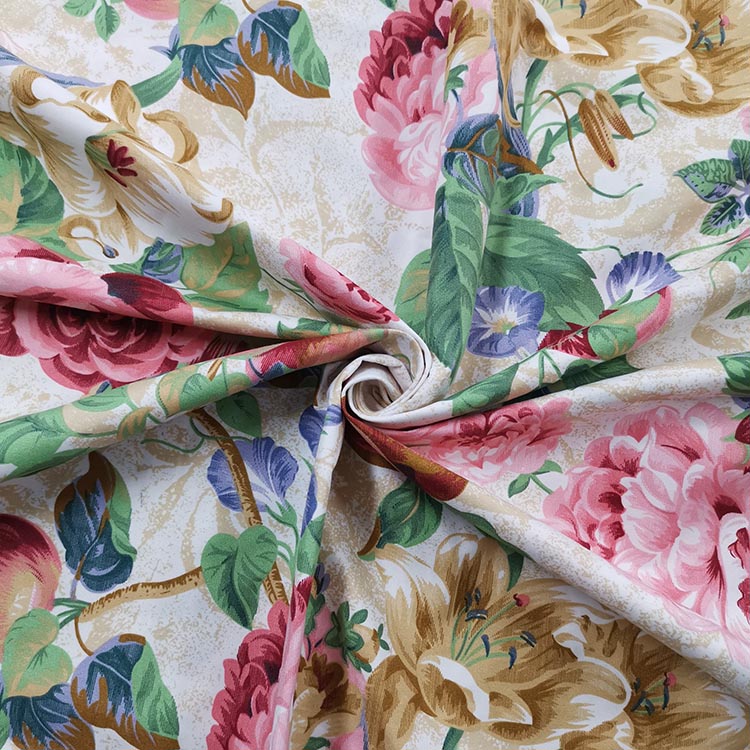
5. Where Is Brushed Fabric Used?
Brushed fabrics are found in a wide range of industries and products due to their comfort, texture, and versatility.
A. Apparel and Fashion
- Casual Wear: Sweatshirts, hoodies, flannel shirts, leggings, and sleepwear.
- Outerwear: Jackets, coats, and cold-weather sportswear.
- Children’s Clothing: Gentle on sensitive skin, providing warmth without irritation.
B. Home Textiles
- Bedding: Brushed cotton sheets and pillowcases feel cozy and warm.
- Blankets and Throws: Soft, insulating, and decorative.
- Upholstery and Curtains: Offer texture and luxury to interiors.
C. Industrial and Technical Use
- Cleaning Products: Brushed microfiber fabrics for polishing and dusting.
- Automotive Interiors: Used in seats and linings for comfort and noise reduction.
- Medical Textiles: Soft brushed surfaces for gentle skin contact.
Its adaptability makes brushed fabric a staple across fashion, household, and industrial sectors.
6. What Are the Advantages of Brushed Fabric?
Brushed fabric provides numerous functional and aesthetic benefits, such as:
- Unmatched Comfort: The soft nap enhances skin comfort, making it ideal for close-contact applications.
- Excellent Insulation: Trapped air layers provide natural warmth without adding weight.
- Aesthetic Appeal: Its matte, velvety look adds sophistication to garments and interiors.
- Moisture Control: Natural fibers like brushed cotton effectively manage perspiration.
- Wrinkle Resistance: Brushed synthetic blends resist creasing, maintaining a neat look.
- Durability: Strong base fabrics ensure long-lasting use even after multiple washes.
- Easy Maintenance: Many brushed fabrics are machine-washable and quick-drying.
These features make it both practical and luxurious, suitable for everything from everyday wear to designer textiles.
7. What Is the Difference Between Brushed and Non-Brushed Fabric?
While both may originate from the same base material, brushing transforms the fabric’s texture and performance.
| Feature | Non-Brushed Fabric | Brushed Fabric |
| Surface Texture | Smooth, flat | Soft, fuzzy, raised |
| Warmth | Moderate | High (due to air insulation) |
| Appearance | Shiny or plain | Matte and cozy |
| Feel | Crisp or cool | Velvety and warm |
| Breathability | High | Moderate, depending on nap density |
| Usage | Formal, technical fabrics | Casual, home, and winter textiles |
This comparison highlights how the brushing process enhances comfort, insulation, and visual appeal without sacrificing versatility.
8. How Do You Care for Brushed Fabric?
Proper care extends the life and softness of brushed fabrics. Here are some maintenance tips:
- Washing: Use cold or warm water with a gentle cycle. Avoid harsh detergents that may damage fibers.
- Drying: Air-dry or tumble-dry on low heat to preserve texture.
- Ironing: Use a low temperature and iron on the reverse side if necessary.
- Storage: Store folded, not hung, to prevent stretching or flattening of the nap.
- Avoid Fabric Softeners: Some can coat fibers and reduce softness.
By following these care instructions, brushed fabrics can maintain their luxurious feel and durability for years.
9. Why Is Brushed Fabric Environmentally Important?
Sustainability in textiles is increasingly important, and brushed fabric contributes positively in several ways:
- Extended Product Life: Durable materials reduce waste by lasting longer.
- Eco-Friendly Options: Many manufacturers now use organic cotton or recycled polyester bases.
- Energy Efficiency: Brushed fabrics’ insulating properties reduce heating needs in cold climates.
- Reduced Chemical Finishing: Mechanical brushing requires fewer chemical treatments than some softening processes.
These factors make brushed fabrics an excellent choice for eco-conscious consumers and brands.
10. Future Trends in Brushed Fabric Technology
As textile technology evolves, brushed fabrics continue to innovate in both performance and sustainability:
- Recycled Microfiber Brushing: Transforming waste plastic into high-performance brushed fabrics.
- Smart Textiles: Integrating temperature regulation and moisture sensors into brushed materials.
- Anti-Pilling Treatments: New coatings to prevent fuzz formation during washing.
- Bio-Based Fibers: Using plant-derived alternatives for softer, greener brushing bases.
- 3D Brushing Techniques: Controlled brushing for artistic or patterned textures.
These advancements promise a new era of luxury and functionality in the textile industry.
11. Why Do Consumers Love Brushed Fabric?
Ultimately, the appeal of brushed fabric lies in the experience it delivers. Whether used in winter fashion, home décor, or industrial textiles, it provides an irresistible balance of comfort, warmth, and sophistication. Consumers appreciate that it feels indulgent yet practical, offering year-round versatility without compromising style or function.
12. Conclusion: What Makes Brushed Fabric a Timeless Choice in Textiles?
So, what makes brushed fabric so special?
It’s the result of a perfect balance between technology and comfort — a fabric engineered for tactile pleasure, visual appeal, and performance. From cozy cotton flannels to high-tech brushed microfibers, this textile adapts effortlessly to different lifestyles and environments.
As fashion and home design continue to prioritize comfort, sustainability, and softness, brushed fabric remains a timeless favorite — embodying the warmth and elegance that define modern living.





 English
English
 中文简体
中文简体



